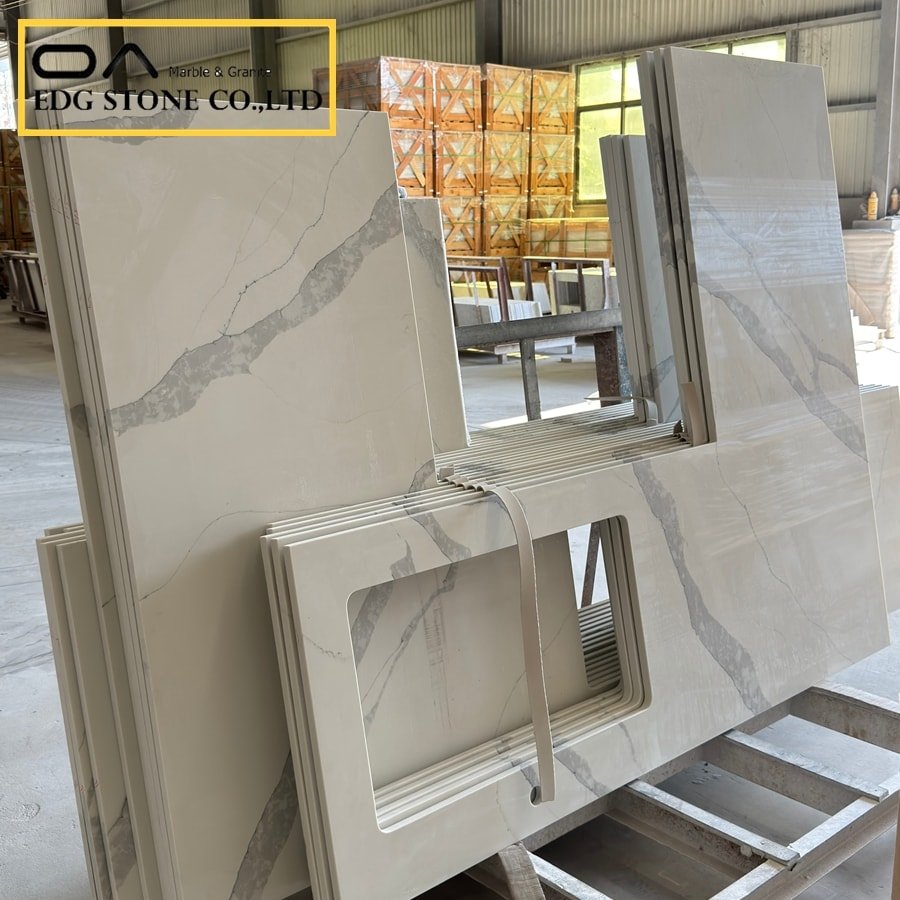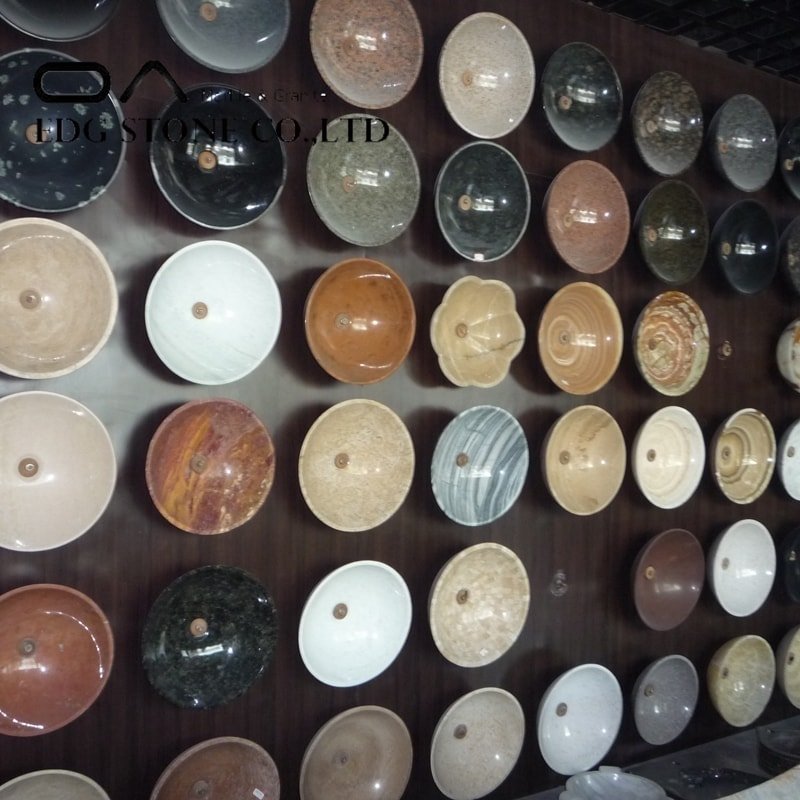Quartz stone is an environmentally-friendly architectural decorative stone, and everyone is familiar with it. At present, quartz stone is widely used in cabinet countertops, test benches, and window sills. It has to be said that cabinet countertops seem to be synonymous with quartz stone. Many people will say that quartz stone is exclusive to the countertop. This is not true. Quartz stone was first applied to countertops because the production technology and capacity of domestic quartz stone manufacturers were limited, and most of them relied on imports. This resulted in the high price of quartz stone, which made ordinary income families only choose to apply to cabinets with high requirements for countertops.
With the improvement of the production technology and capacity of my country’s quartz stone manufacturers, quartz stone has been fully used in the overall home improvement at present. Because the water absorption rate of quartz stone is extremely low, the surface is smooth and difficult to paste. When using traditional cement mortar for bonding and paving, water spots and discoloration are prone to appear if improperly handled, resulting in more hollowing, cracking, shedding, bulging, etc. than natural stone Various problems.
Quartz stone is used in more and more places on the ground. In order to avoid various undesirable phenomena, the choice of materials is particularly important. The thickness of the quartz stone should be more than 20mm, and the quartz stone manufacturer should explain the ground use when buying because the formula of the quartz stone floor tile is different from other application areas. The adhesive should abandon the use of traditional cement paste for paving, and special glue powder should be used. Since the surface of the quartz stone is smooth, it must be prevented from being separated from the adhesive in the later stage, and the adhesive should be brushed before paving.
1. Stir the rubber powder. The ratio of rubber powder to water should be 1 part of water and 4 parts of dry powder. The ratio of powder to water can be appropriately changed according to the construction habits to adjust the thinness. Use a low-speed (300r/min) electric stirrer to stir evenly without raw powder mass.
2. Adhesive, the board should be applied with adhesive 2 hours before use. The adhesive must be completely transparent before use.
3. After paving and confirming that there is no water or dust on the base surface, scrape the quartz stone adhesive (strip shape/full batch scraping) with a thickness of 7mm-15mm or more, and do the same on the back of the stone, with a thickness of 2-3mm, then paste the quartz stone and use Tap the rubber mallet lightly, so that the new quartz stone can completely adhere to the adhesive. Then correct the joints between the horizontal and adjacent slabs, and note that 3mm or more joints should be reserved between the stones.









